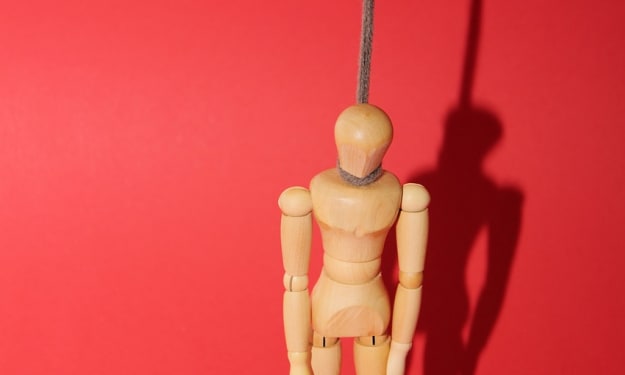Human Trafficking and Forced Relationships
Legal Measures and Victim Support

Introduction
Human trafficking is a grave violation of human rights, involving the exploitation of individuals through force, fraud, or coercion. This illicit trade often results in victims being forced into illegal relationships and subjected to severe physical, emotional, and psychological abuse. Governments and organizations worldwide have implemented various legal measures and support systems to combat human trafficking and assist victims. This article explores the intricacies of human trafficking, the coercion into illegal relationships, and the legal frameworks designed to protect and support victims.
The Scope of Human Trafficking
Human trafficking is a multi-billion-dollar industry that affects millions of people globally. Victims are often trafficked for forced labor, sexual exploitation, and other forms of servitude. The International Labour Organization (ILO) estimates that there are over 24.9 million victims of human trafficking worldwide, with women and children being disproportionately affected. Traffickers use various methods to control their victims, including physical violence, threats, manipulation, and psychological abuse.
Coercion into Illegal Relationships
One of the most insidious aspects of human trafficking is the coercion of victims into illegal relationships. Traffickers may force victims into marriages or partnerships against their will, often to exploit them sexually or economically. These relationships are characterized by an imbalance of power, where the victim has little to no autonomy. Coerced relationships can lead to severe trauma, isolation, and a loss of identity, making it difficult for victims to seek help or escape their situation.
Legal Measures to Combat Human Trafficking
Governments and international organizations have established various legal frameworks to combat human trafficking and protect victims. Key international instruments include:
- The United Nations Protocol to Prevent, Suppress and Punish Trafficking in Persons, Especially Women and Children (Palermo Protocol): This protocol, adopted in 2000, is a crucial legal instrument in the fight against human trafficking. It provides a comprehensive definition of trafficking and outlines measures for prevention, protection of victims, and prosecution of traffickers.
- The Council of Europe Convention on Action against Trafficking in Human Beings: This convention aims to prevent trafficking, protect the human rights of victims, and prosecute traffickers. It emphasizes a victim-centered approach and provides guidelines for effective international cooperation.
- The Trafficking Victims Protection Act (TVPA) of 2000 (United States): The TVPA establishes methods for combating trafficking in the U.S. and abroad, including prevention programs, victim assistance, and severe penalties for traffickers. It also created the Office to Monitor and Combat Trafficking in Persons.
Victim Support Systems
Effective support systems are vital for helping trafficking victims recover and reintegrate into society. Key components of victim support include:
- Legal Aid: Providing victims with legal representation and assistance in navigating the complex legal processes involved in prosecuting traffickers and seeking justice.
- Medical and Psychological Care: Access to comprehensive healthcare services, including trauma-informed psychological counseling, is crucial for the recovery of trafficking victims.
- Safe Housing and Social Services: Ensuring that victims have access to safe shelter, food, clothing, and social services is essential for their well-being and reintegration.
- Economic Support and Vocational Training: Helping victims gain financial independence through vocational training, job placement programs, and financial assistance can prevent re-trafficking and promote long-term stability.
Conclusion
Human trafficking and coercion into illegal relationships represent severe human rights abuses that demand unified global action. To effectively tackle this issue, it is essential to implement robust legal frameworks and provide comprehensive support systems for victims. Governments and organizations play a crucial role in these efforts, and through enhanced measures and international collaboration, significant progress can be made. Strengthening laws, increasing awareness, and ensuring adequate resources for victim assistance are key steps in this battle. By fostering a collective commitment to these goals, the global community can work towards eliminating human trafficking and providing justice and support to all affected individuals.
About the Creator
Enjoyed the story? Support the Creator.
Subscribe for free to receive all their stories in your feed. You could also pledge your support or give them a one-off tip, letting them know you appreciate their work.






Comments
There are no comments for this story
Be the first to respond and start the conversation.